For my Italian cookery course last week I had to take in walnut bread. I looked in various delis, but couldn't find any walnut bread - so decided to take a chance and bake some myself! Now I am not a baker - the only other time I've tried to make bread 'from scratch' resulting in the whole house stinking like a brewery! (although I do use a bread machine from time to time... with ok-ish results)
For these reasons I decided to have a practice go, two nights before my course. I looked up a few recipes, but eventually went for an amalgamation of various things I had read - the key thing I took from the recipes was the ratio of yeast/flour and liquid. I wanted to try using spelt flour - as I think it has an amazing flavour. Due to the fragile gluten structure of spelt, I initially used half spelt with half strong white flour, though in the second attempt I increased the proportion of white flour - you definitely could still taste the spelt!
The second attempt got a second rise too - and definitely was a lot more risen than the first one which I only let rise once.
In both cases, the bread was fairly dense - but very very tasty! In my cookery class I cut it into thin slices and made plum crostini with it. It was utterly gorgeous, and the density worked very well. I will post up the recipe at some time - I have 2 weeks worth of lessons which I haven't even started on yet!

- 100g walnut pieces
- 100g dates, destoned and roughly chopped
- 100g spelt flour
- 300g plain flour, plus some extra for dusting
- 200ml warm water
- 1 rounded teaspoon salt
- 1 rounded teaspoon quick dried yeast
- 1 tbsp clear honey
- 1 tsn roasted sesame oil
Pour the liquid into the flour and mix to form a soft dough. You can add more water or white flour as required if it is too stiff or sticky!
Turn the dough out on to a lightly floured work surface and knead for 5 minutes – until the dough becomes smooth and more springy. Try not to overwork the dough - spelt flour has a fragile gluten structure, and will turn too heavy if over-kneaded.
Using your hands, spread the dough out until it is about 2cm thick. Sprinkle with the dates and walnut pieces, then roll up the dough into a 'swiss roll'. Knead for a minute or so to ensure it is all mixed in, evenly distributed, and the the dates and walnuts are all covered in the dough!
Lightly oil the bottom of a mixing bowl, roll the dough into a ball, then turn the dough into it. Cover with a lightly oiled bit of clingfilm and leave to rise for an hour or so - until it has doubled in size.
I read somewhere that dough shouldn't be punched down - that we want to encourage more gas to be produced - not to knock out all the gas we have already managed to get into it. So for the second loaf I made, I turned it out and folded it into an oblong before leaving it for a second proof - it did rise quite a bit better, though that could have been due to the extra white flour in that one... (Make sure you cover with oiled clingfilm for the second rise - about 30 minutes this time)
The picture below was taken just before the second rise.

Meanwhile, preheat the over to about 180°C (350°F).
Once the second proof is over, put it in the pre-heated oven and bake for about 30 minutes. Once ready, the loaf will sounds hollow when tapped on the bottom.
Cool on a wire rack before tasting!
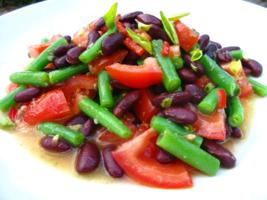

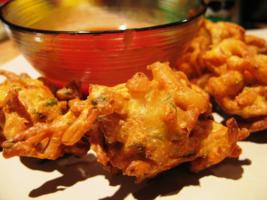


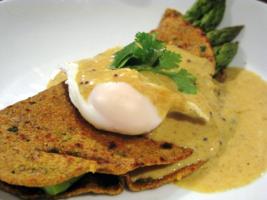



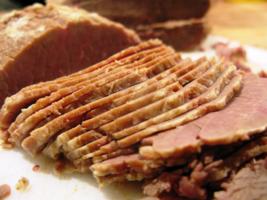
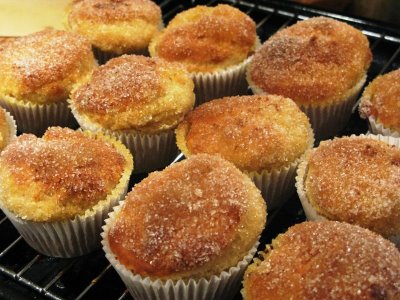












0 comments:
Post a Comment